Home>Articles>How To Tell What Wire Would Be The Black Wire And White Wire On An Electrical Cord
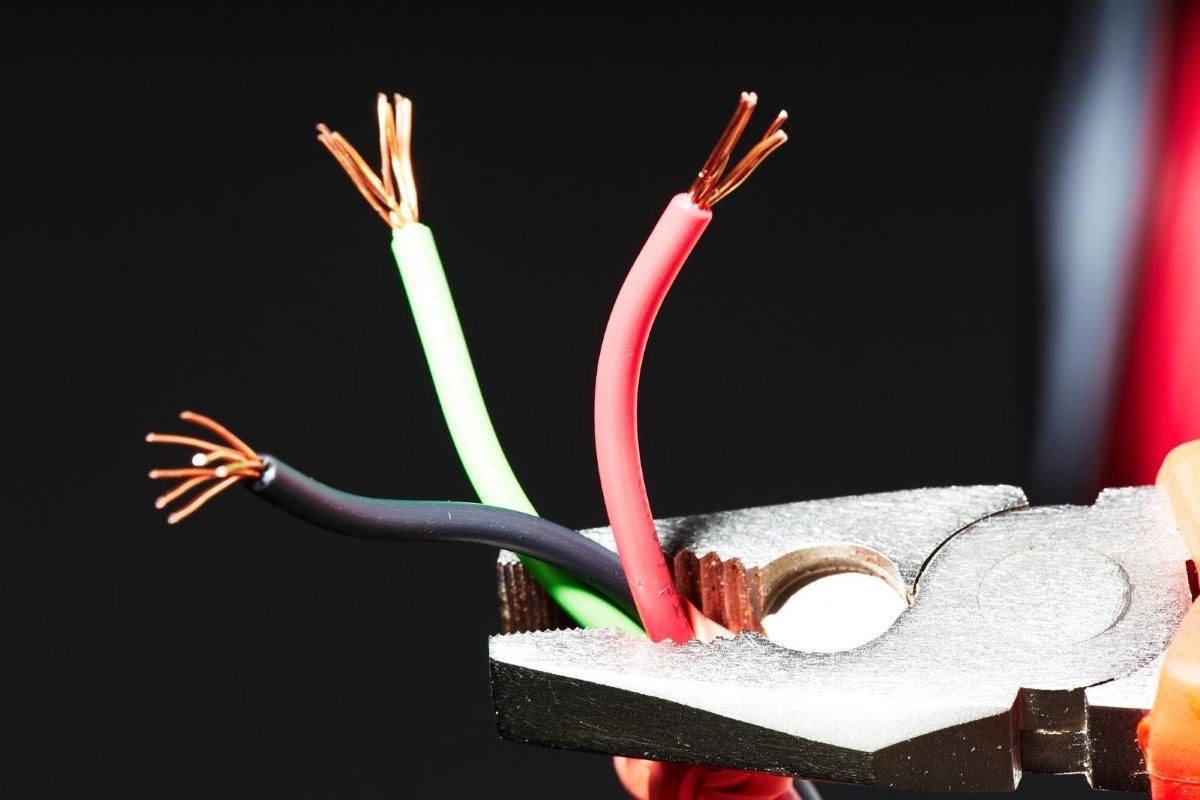

Articles
How To Tell What Wire Would Be The Black Wire And White Wire On An Electrical Cord
Modified: January 6, 2024
Learn how to identify the black wire and white wire on an electrical cord effortlessly with our insightful articles.
(Many of the links in this article redirect to a specific reviewed product. Your purchase of these products through affiliate links helps to generate commission for Storables.com, at no extra cost. Learn more)
Introduction
Electrical cords play a significant role in our daily lives, powering our appliances and devices. Whether it’s a lamp, a computer, or a kitchen appliance, electrical cords are essential for the proper functioning of these devices. However, have you ever wondered which wire is which? Have you ever looked at the jumble of wires on an electrical cord and wondered how to differentiate between the black wire and the white wire?
Understanding the different wires in an electrical cord is crucial for maintaining safety and avoiding potential hazards. The black and white wires have specific roles and functions, and being able to identify them correctly is essential when it comes to electrical installations, repairs, and troubleshooting.
In this article, we will guide you through the process of identifying the black wire and the white wire on an electrical cord. We will explain why it is important to properly identify these wires, as well as the tools and equipment you will need for the job. So, let’s get started on this enlightening journey to unravel the mysteries of electrical cords and their wires!
Key Takeaways:
- Identifying the black and white wires on an electrical cord is crucial for safety, proper installation, troubleshooting, compliance with electrical codes, and enhancing overall electrical knowledge and awareness.
- Prioritizing safety, using the right tools, and following a step-by-step process, including visual inspection, continuity testing, and voltage testing, are essential for accurately identifying and labeling the wires on an electrical cord.
Understanding Electrical Cords
Before diving into the process of identifying the black and white wires on an electrical cord, let’s first gain a better understanding of what electrical cords are and how they function.
Electrical cords, also known as power cords or extension cords, are flexible cables that connect electrical devices to a power source. They are typically made up of copper or aluminum conductors insulated with a protective outer cover.
Most electrical cords consist of three wires: a black wire, a white wire, and a green or bare wire. The black wire, also known as the “hot” wire, carries the electrical current from the power source to the device. The white wire, also known as the “neutral” wire, completes the circuit and carries the current back to the power source. The green or bare wire is the “ground” wire, which provides a safe path for electrical current in case of a fault or short circuit.
It is important to note that not all electrical cords follow this color-coding scheme. In some cords, the black wire may be replaced with a red wire, indicating a different voltage or configuration. It is crucial to refer to the manufacturer’s instructions or consult a professional electrician if you are unsure about the wire colors in a specific cord.
Now that we have a basic understanding of electrical cords and their wire colors, let’s explore why it is essential to be able to identify the black wire and the white wire accurately.
The Importance of Identifying Wires
Identifying the black wire and the white wire on an electrical cord is crucial for several reasons. Let’s explore the importance of correctly identifying these wires:
- Safety: Electrical safety should always be the top priority when working with electricity. By correctly identifying the wires, you can ensure that you are handling them properly, minimizing the risk of electrical shocks or fires. The black wire carries the live current, which can be dangerous if not handled correctly. The white wire, on the other hand, is the neutral wire and poses a lower risk. Being able to distinguish between these wires can help you work safely and avoid accidents.
- Proper Installation: When installing or replacing electrical appliances or devices, it is essential to connect the wires correctly. Connecting the black wire to the device’s hot terminal and the white wire to the neutral terminal ensures that the device receives the proper electrical supply. Improperly connected wires can lead to device malfunctions, short circuits, or even damage to the device itself.
- Troubleshooting: In the event of an electrical issue or malfunction, identifying the wires correctly can help in troubleshooting the problem. By knowing which wire carries the live current and which one completes the circuit, you can narrow down the possible causes of the issue. This knowledge can save time and effort when diagnosing and fixing electrical problems.
- Compliance with Electrical Codes: Electrical codes and regulations exist to ensure safe electrical installations. Properly identifying and connecting the wires in accordance with these codes is essential for compliance. Failing to comply with electrical codes can result in legal and safety consequences. By accurately identifying the black and white wires, you can ensure that your electrical installations meet the required standards.
- Education and Awareness: Understanding the different wires in an electrical cord enhances your overall electrical knowledge and awareness. It allows you to have informed conversations with electricians or when seeking advice on electrical matters. By familiarizing yourself with wire identification, you become a more knowledgeable and responsible consumer of electrical products and services.
Now that we understand the significance of identifying the black wire and the white wire, let’s move on to discussing the tools and equipment you will need for the identification process.
Tools and Equipment Needed
Identifying the black wire and the white wire on an electrical cord requires a few essential tools and equipment. Here is a list of items you will need:
- Wire Strippers: Wire strippers are used to remove the insulation from the wires, exposing the conductors inside. It is vital to have wire strippers that are suitable for the gauge of the wires in the electrical cord.
- Multimeter: A multimeter is a versatile tool used to measure voltage, current, and resistance. It is an indispensable tool for electrical work, including wire identification. A digital multimeter is recommended for accurate readings.
- Alligator Clips: Alligator clips are useful for securely attaching the multimeter probes to the wires during testing. They ensure a stable connection and prevent accidental contact with live wires.
- Safety Gloves and Goggles: Working with electrical cords involves potential safety hazards. It is crucial to protect yourself by wearing safety gloves and goggles to minimize the risk of electrical shocks and eye injuries.
- Marker or Label: Once you have identified the black wire and the white wire, it is helpful to label or mark them for future reference. This can be done using a marker or labels to ensure clarity and avoid confusion in future maintenance or repairs.
Having these tools and equipment ready before you begin the wire identification process will ensure that you can work efficiently and safely. Now that you have the necessary tools, let’s move on to the step-by-step process of identifying the black wire and the white wire on an electrical cord.
Step 1: Safety Precautions
Prioritizing safety is paramount when working with electricity and electrical cords. Before you begin identifying the black wire and the white wire on an electrical cord, it is crucial to take the following safety precautions:
- Turn Off Power: Before handling any electrical cord, make sure the power source is turned off. This can be done by unplugging the cord from the outlet or turning off the circuit breaker that supplies power to the cord.
- Wear Protective Gear: Protect yourself by wearing safety gloves and goggles. Safety gloves will safeguard your hands from potential injuries or shocks, while goggles will shield your eyes from any debris or sparks that may occur during the identification process.
- Work in a Well-Lit Area: Ensure that you have adequate lighting in your workspace. Proper illumination will allow you to see the wires clearly and minimize the risk of mistakes or accidents.
- Inspect the Cord: Before proceeding, visually inspect the electrical cord for any signs of damage, such as fraying or exposed wires. If you notice any damage, do not attempt to identify the wires and instead replace the cord to avoid potential hazards.
- Keep a Fire Extinguisher Nearby: As a precautionary measure, have a fire extinguisher readily available in case of any electrical fires or emergencies that may occur.
- Take Caution with Live Wires: Even when the power is turned off, treat every wire as if it were live. Avoid touching the exposed areas of the wires and keep them away from water or conductive surfaces.
By following these safety precautions, you can minimize the risk of accidents or injuries while working with electrical cords. Safety should always be the top priority, and taking the time to ensure a safe working environment will make the identification process much more secure and efficient.
Now that you have taken the necessary safety precautions, we can move on to the next step of identifying the black wire and the white wire on the electrical cord.
Step 2: Examining the Cord
Before proceeding with the identification process, it is essential to carefully examine the electrical cord. This step will give you a better understanding of its construction and help you identify any visual markers that indicate the black wire and the white wire.
- Unplug the Cord: Ensure that the cord is not connected to any power source by unplugging it from the outlet or turning off the circuit breaker.
- Inspect the Prongs: Examine the prongs of the cord’s plug. In most cases, the smaller prong, known as the “hot” prong, corresponds to the black wire. The larger prong, known as the “neutral” prong, aligns with the white wire.
- Check for Markings: Some electrical cords have markings or labels near the plug or on the cord itself to indicate the wire colors. Look for any text or symbols that can help you identify the black wire and the white wire.
- Observe the Cord’s Construction: Pay attention to the cord’s construction and any visible differences between the two wires. The black wire may have ribbing or other markings, while the white wire may appear smoother. These visual cues can help you distinguish between the two.
- Refer to the Manufacturer’s Instructions: If you have access to the manufacturer’s instructions or documentation for the cord, consult it for specific information on wire identification. The instructions may provide clear guidance on how to identify the black wire and the white wire.
By thoroughly examining the cord and taking note of any visual markers, you can gather valuable information that will assist in identifying the black wire and the white wire. However, visual inspection alone may not be sufficient, and further testing is often necessary to ensure accurate identification. Let’s move on to the next step, where we will perform visual inspections and conduct continuity and voltage testing to verify wire identification.
The black wire is typically the hot wire and the white wire is the neutral wire in an electrical cord. You can use a voltage tester to identify which wire is which. Always ensure the power is turned off before working with electrical wires.
Step 3: Visual Inspection
Visual inspection is an important step in identifying the black wire and the white wire on an electrical cord. It allows you to examine the physical characteristics of the wires and look for any distinguishing features or color variations. Here’s how to perform a visual inspection:
- Ensure Safety: Before starting the visual inspection, make sure the power is turned off and take necessary safety precautions, such as wearing safety gloves and goggles.
- Expose the Wires: Carefully strip away a small portion of the outer insulation from the cord, exposing the wires inside. Use wire strippers and be cautious not to damage the wires in the process.
- Observe Color Differences: Inspect the exposed wires closely and look for any distinguishable color differences. In most cases, the black wire will have a darker color, while the white wire will be lighter in shade. However, it’s important to note that sometimes wires may have faded or discolored over time. If color alone is not sufficient for identification, proceed to the next step for further testing.
- Notice Ribbing or Insulation Markings: Some cords may have ribbing or insulation markings on the wires themselves. The black wire may have ridges, grooves, or other textural differences compared to the white wire. Look for any markings or patterns that can help differentiate between the two.
- Compare to Other Wires: If the cord has more than two wires, such as in the case of extension cords or power cords with additional functions, compare the exposed wires to each other. The black wire and the white wire should be noticeably different from the other wires in terms of color or markings.
Remember, visual inspection alone may not always provide definitive results, especially if the wires have faded or if there are no clear distinguishing features. In such cases, further testing using a multimeter will be necessary to determine the correct identification of the wires. Continue to the next step to learn how to perform continuity testing.
Step 4: Continuity Testing
Continuity testing is a method used to confirm the identification of the black wire and the white wire on an electrical cord. It involves testing for continuity, which refers to the uninterrupted flow of electrical current through a wire. By performing continuity testing, you can verify that the identified wires are connected to the correct terminals. Here’s how to conduct continuity testing:
- Set up Your Multimeter: Ensure that your multimeter is set to the continuity or resistance mode. Consult the instruction manual of your specific multimeter if needed.
- Turn on the Multimeter: Turn on the multimeter and ensure it is functioning properly. Verify that the probes are connected securely.
- Attach the Probes: Place the black probe from the multimeter on one end of the wire you suspect to be the black wire. Then, place the red probe on the other end of the same wire. Repeat this process for the wire you suspect to be the white wire.
- Check the Multimeter: Look at the multimeter display. If it shows a reading or produces a beep, it indicates that there is continuity in the wire, confirming the identification. If there is no reading or beep, it suggests that there is a break in the wire or an incorrect identification.
- Confirm with Other Wires: If the continuity test confirms the identification of the black and white wires, compare the results to the remaining wires in the cord. The other wires should not show continuity when tested in the same manner. This further validates the accuracy of the wire identification.
Performing continuity testing provides reassurance that you have correctly identified the black wire and the white wire in the electrical cord. However, it is important to note that continuity testing should always be complemented with additional testing, such as voltage testing, for a thorough verification. We will cover voltage testing in the next step.
Step 5: Voltage Testing
Voltage testing is the final step in verifying the identification of the black wire and the white wire on an electrical cord. This test helps determine the voltage potential between the wires, ensuring that they are indeed the black and white wires. Here’s how to perform voltage testing:
- Set up Your Multimeter: Ensure that your multimeter is set to the voltage testing mode. Again, refer to the instruction manual of your multimeter if needed.
- Turn on the Multimeter: Turn on the multimeter and ensure it is functioning correctly. Verify that the probes are securely attached.
- Attach the Probes: Place the black probe from the multimeter on the wire you suspect to be the black wire. Then, place the red probe on the wire you suspect to be the white wire.
- Check the Multimeter: Look at the multimeter display. It should indicate a voltage reading between the two wires. In most cases, the black wire (hot wire) will show a higher voltage reading than the white wire (neutral wire).
- Confirm with Other Wires: To further validate the identification, compare the voltage readings to the remaining wires in the cord. The other wires should either show no voltage or different voltage readings, depending on their specific functions or purposes.
Voltage testing provides a final confirmation of the black wire and the white wire by verifying the voltage potential between them. Remember to exercise caution and follow safety precautions during voltage testing, as you will be working with live wires. It is essential to be mindful of electrical safety throughout the entire identification process.
By performing continuity testing and voltage testing, you can confidently determine the black wire and the white wire on an electrical cord. Additionally, you can label or mark the wires for future reference to ensure accurate identification in the long run.
Now that you have successfully identified the black wire and the white wire, it’s time to conclude our step-by-step process for wire identification.
Step 6: Wire Labeling
After successfully identifying the black wire and the white wire on an electrical cord, it is essential to label or mark them for future reference and easy identification. Wire labeling helps ensure clarity and avoid confusion when working on the cord in the future. Here’s how to label the wires:
- Prepare Labeling Materials: Gather the necessary materials for labeling, such as adhesive labels, markers, or any suitable labeling tools.
- Label the Black Wire: On the black wire, securely attach a label or mark it with a permanent marker. Write “Black” or use a symbol that represents the wire’s purpose.
- Label the White Wire: Similarly, attach a label or mark the white wire as “White” or with a corresponding symbol to indicate its role as the neutral wire.
- Secure the Labels: Ensure that the labels are securely attached to the wires, preventing them from getting loose or falling off during use. This will help maintain the clarity of wire identification.
- Record the Identification: Consider keeping a record of the wire identification in a notebook, electronic document, or any method that works for you. This record will serve as a reference for future troubleshooting or maintenance purposes.
By labeling or marking the black wire and the white wire, you eliminate any confusion and minimize the possibility of incorrect connections during future repairs or installations. It is crucial to keep the labels intact and ensure that they remain visible and legible over time.
Congratulations! You have successfully completed the step-by-step process of identifying and labeling the wires on an electrical cord. By following these steps and taking the necessary precautions, you can confidently work with electrical cords while maintaining safety and accuracy.
Before concluding, we would like to emphasize the importance of professional expertise. If you encounter any doubts or if the identification process appears too complex, it is always recommended to consult a qualified electrician for guidance and assistance.
Thank you for reading, and we hope this article has been helpful in guiding you through the process of identifying the black wire and the white wire on an electrical cord!
Conclusion
Identifying the black wire and the white wire on an electrical cord is a crucial skill. It allows you to safely work with electrical cords, ensure proper installations, troubleshoot issues, and comply with electrical codes. By following the step-by-step process outlined in this article, you can confidently identify these wires and work with electrical cords effectively.
Throughout the identification process, it is important to prioritize safety. Always turn off the power, wear protective gear, and take necessary precautions to minimize the risks associated with working with electricity. Additionally, make use of the appropriate tools and equipment, such as wire strippers, a multimeter, and alligator clips, to facilitate the identification process.
Visual inspection is a valuable initial step, allowing you to examine the physical characteristics of the wires and look for any distinguishing features. However, visual inspection alone may not always provide definitive results. That’s why continuity testing and voltage testing are essential, as they provide a more accurate verification of the wire identification.
Once you have successfully identified the black wire and the white wire, remember to label or mark them for future reference. This will help you avoid confusion and ensure efficient troubleshooting or maintenance. Keep a record of the wire identification and maintain the labels securely attached to the wires.
While this article provides a comprehensive guide to wire identification, it is important to recognize the limitations of DIY electrical work. If you encounter any doubts or if the identification process appears too complex, it is always recommended to seek the assistance of a qualified electrician. Professional expertise ensures safety and compliance with electrical standards.
By following these guidelines and exercising caution, you can confidently work with electrical cords and be better prepared for installations, repairs, and troubleshooting. Remember to make safety a priority at all times and to consistently update your knowledge on electrical practices.
Thank you for reading, and we hope this article has provided you with valuable insights and guidance on identifying the black wire and the white wire on an electrical cord.
Frequently Asked Questions about How To Tell What Wire Would Be The Black Wire And White Wire On An Electrical Cord
Was this page helpful?
At Storables.com, we guarantee accurate and reliable information. Our content, validated by Expert Board Contributors, is crafted following stringent Editorial Policies. We're committed to providing you with well-researched, expert-backed insights for all your informational needs.
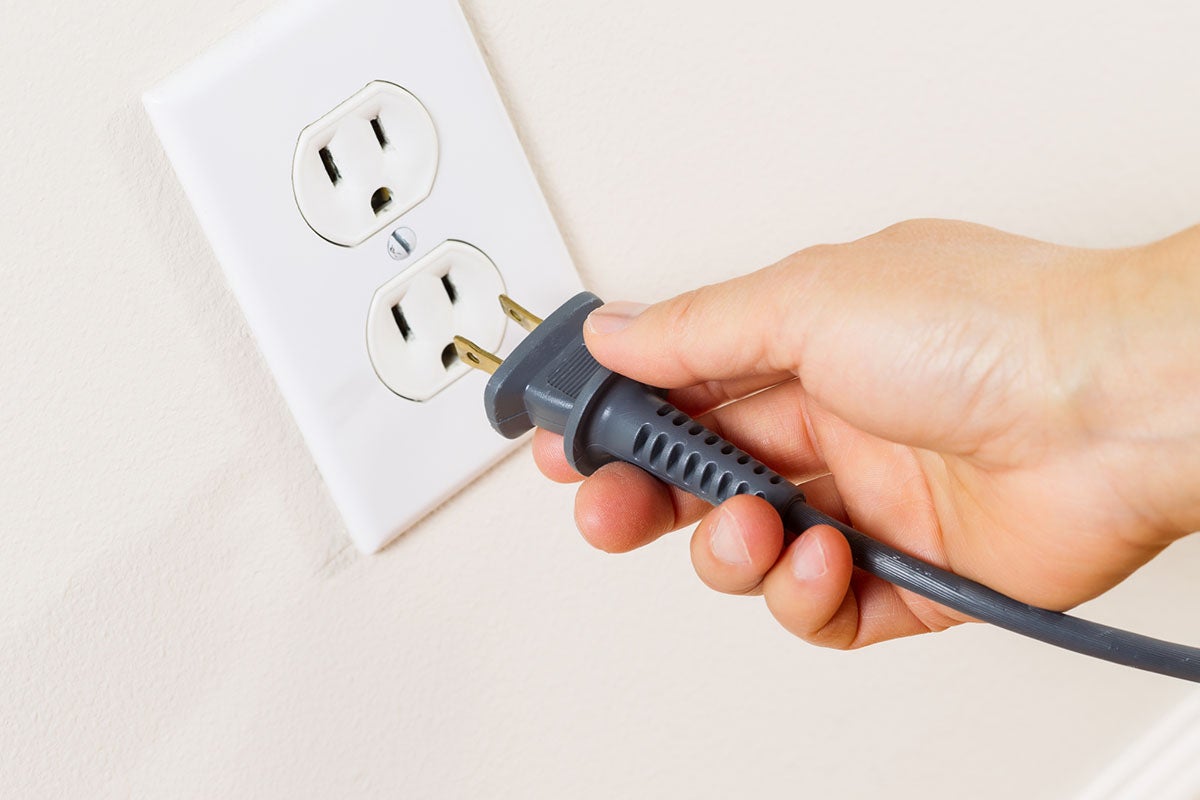
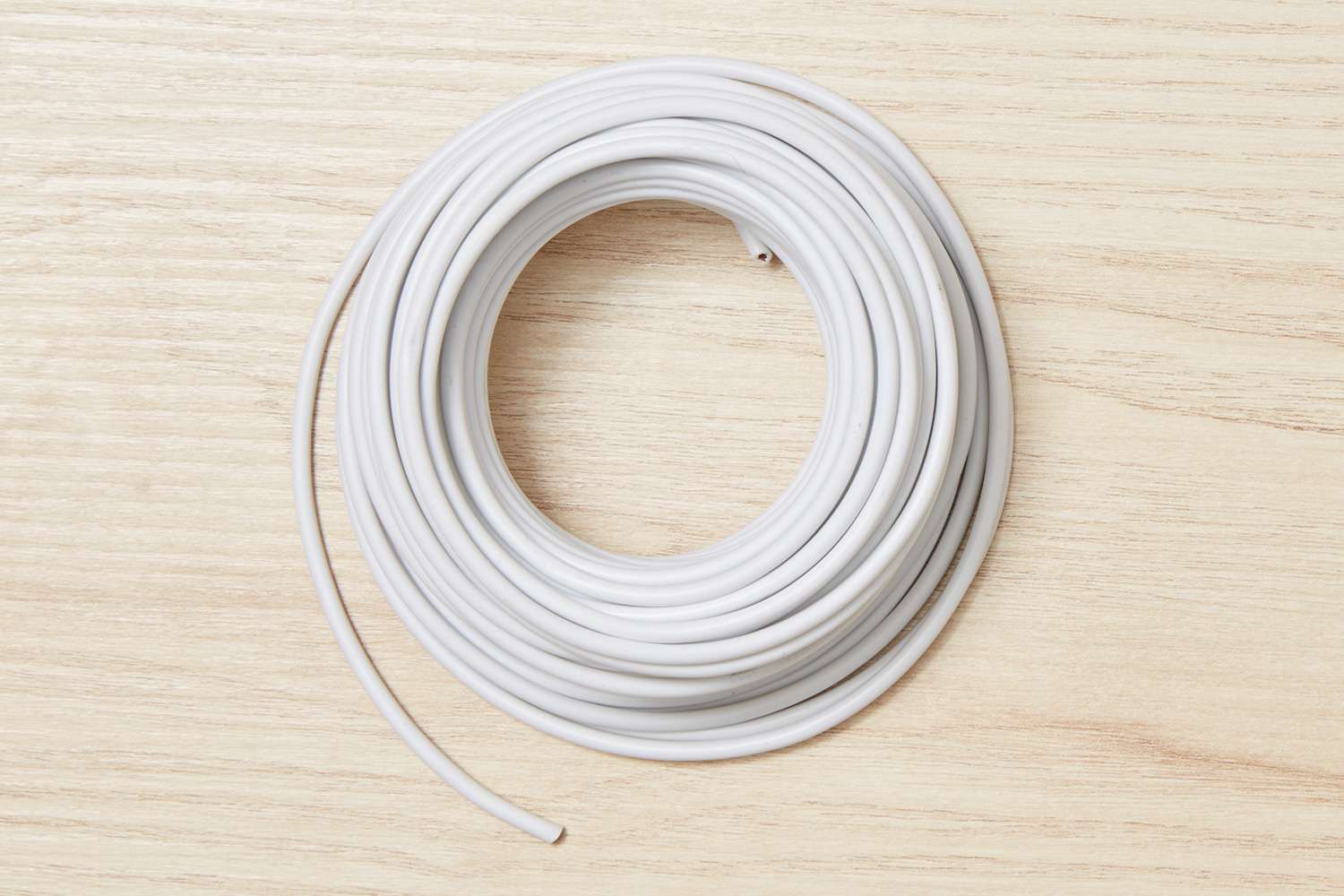
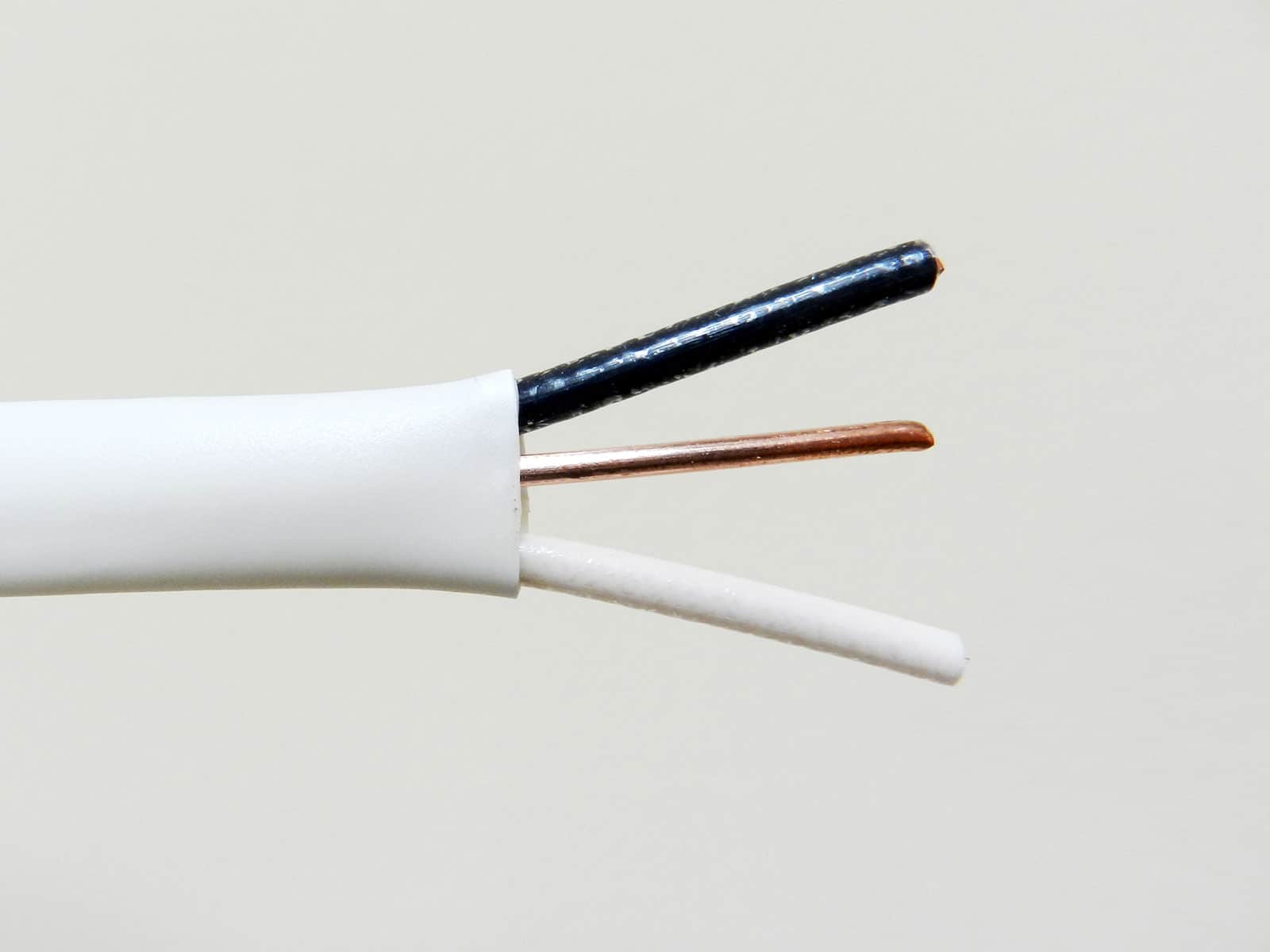
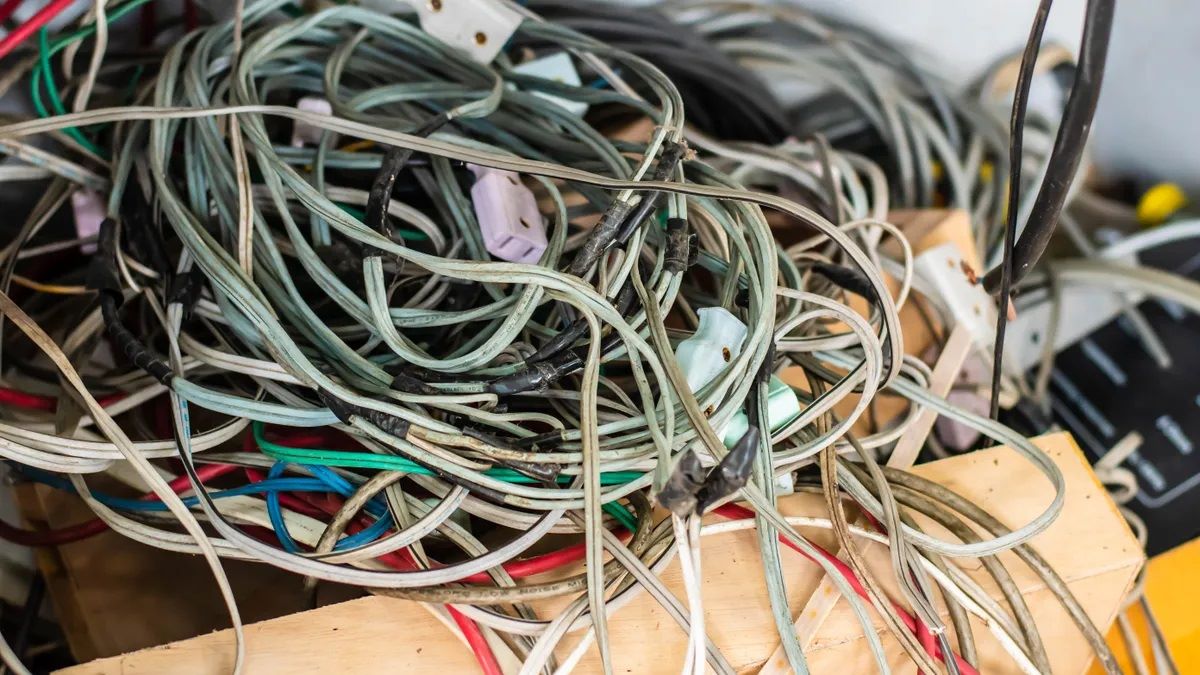
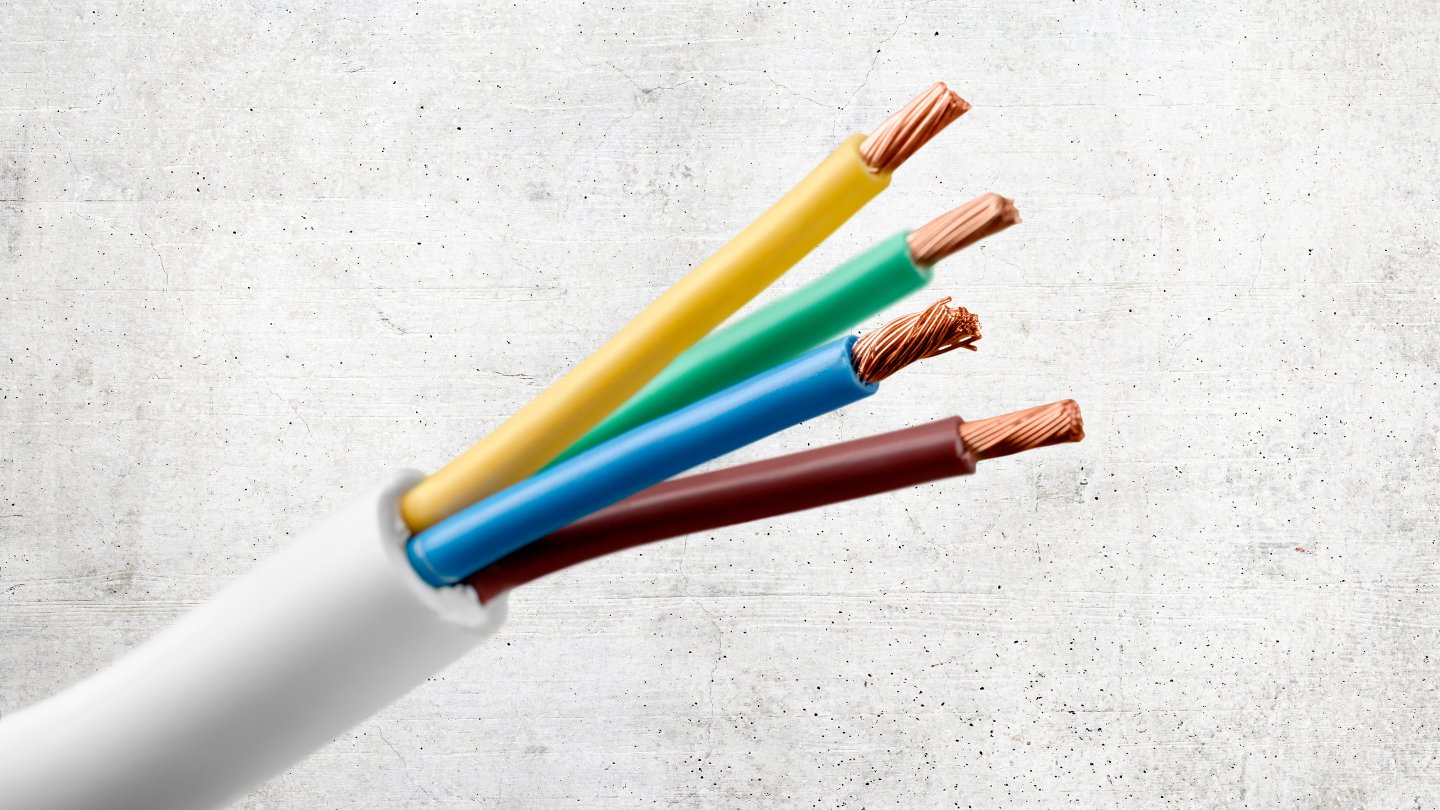
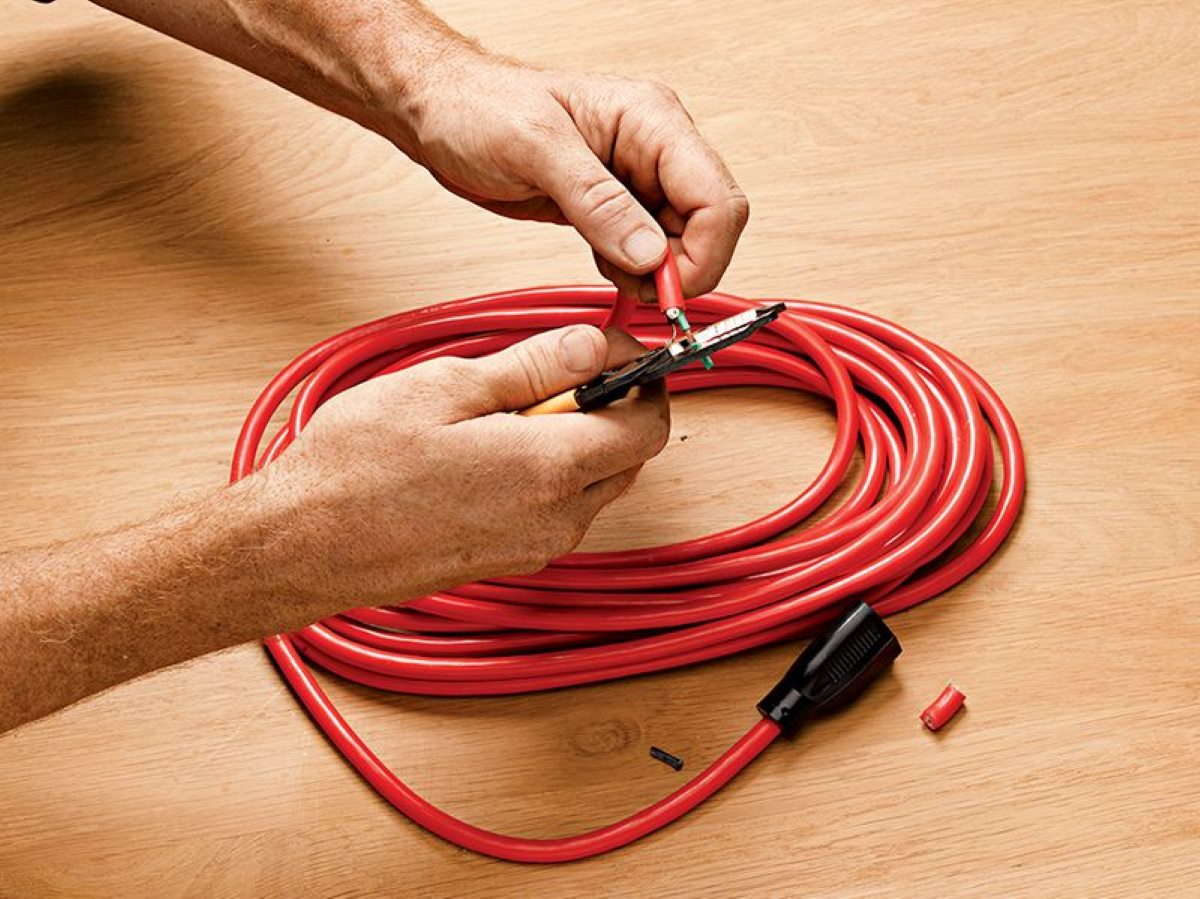
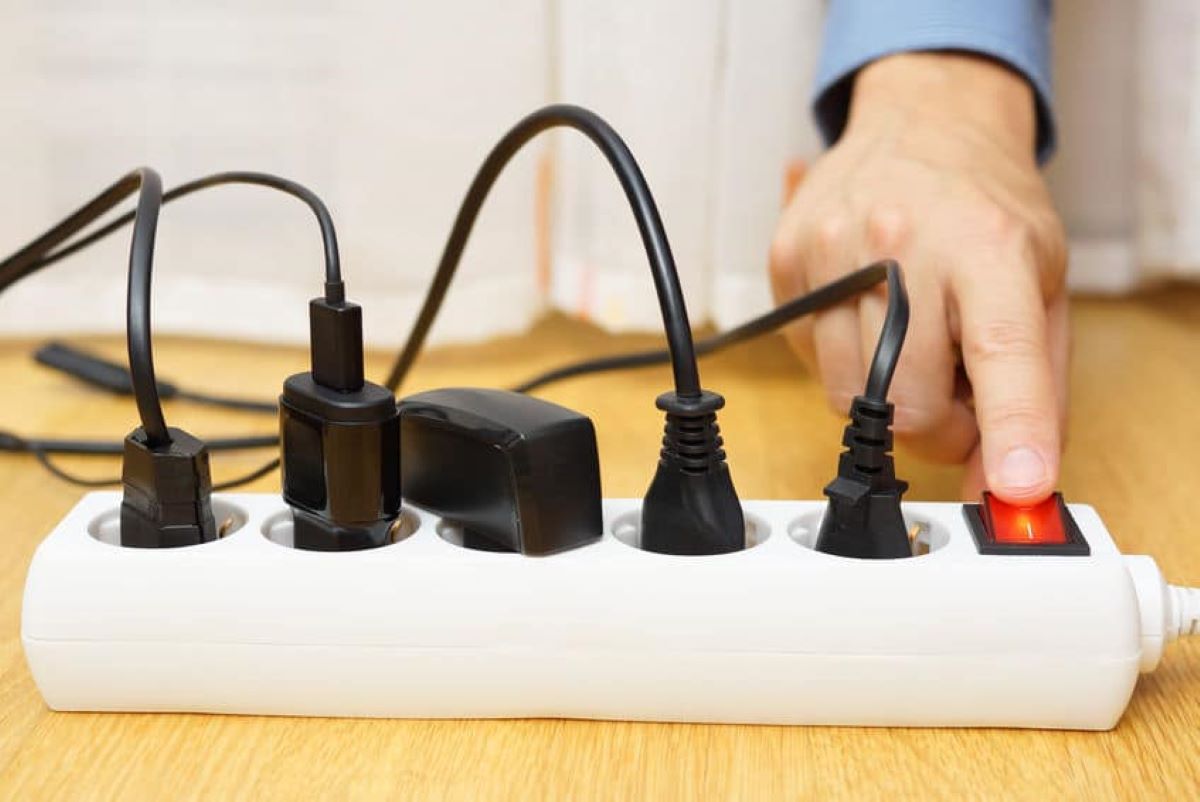
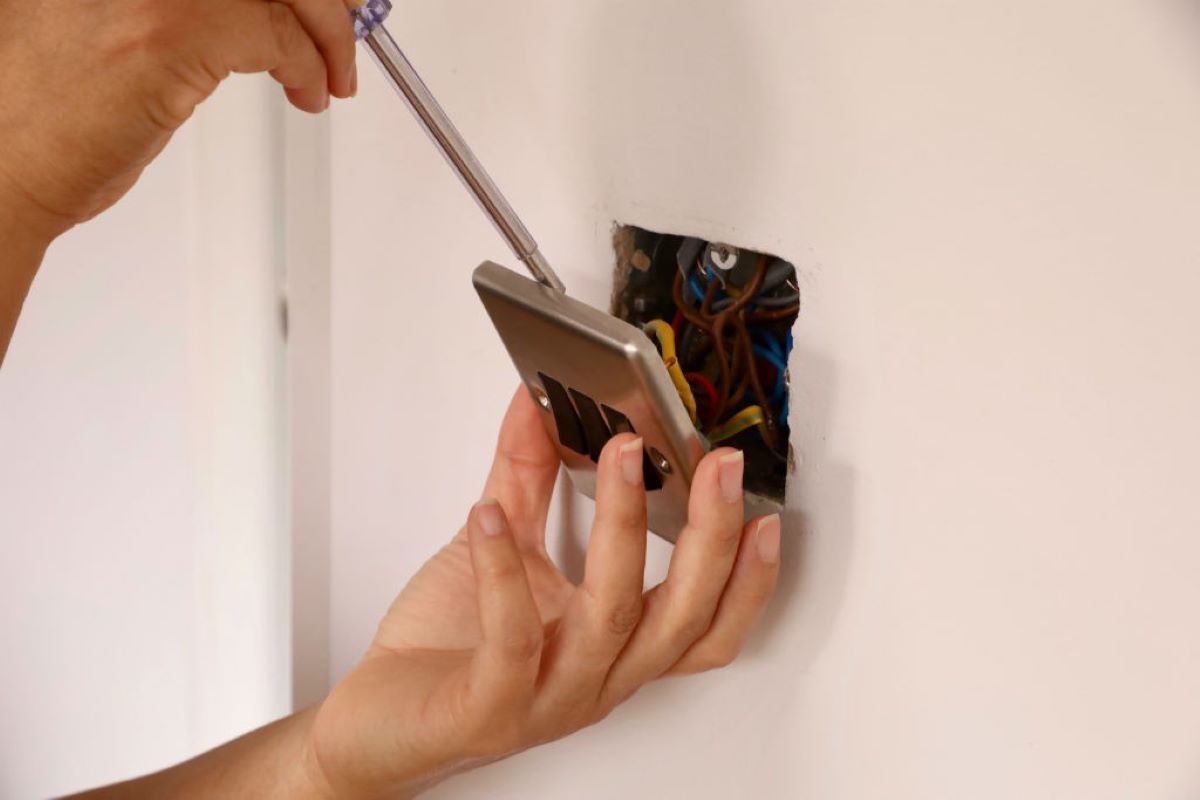
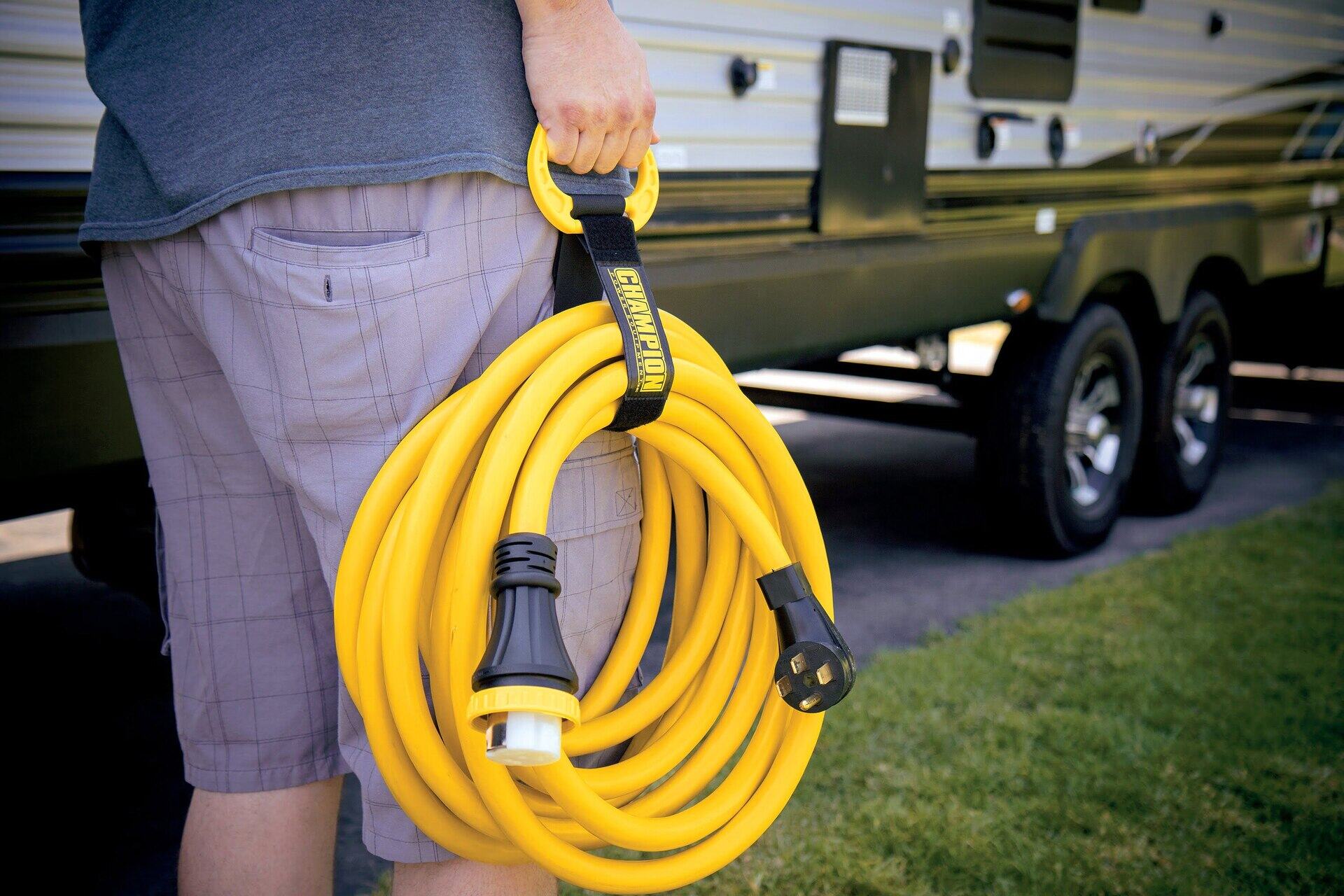
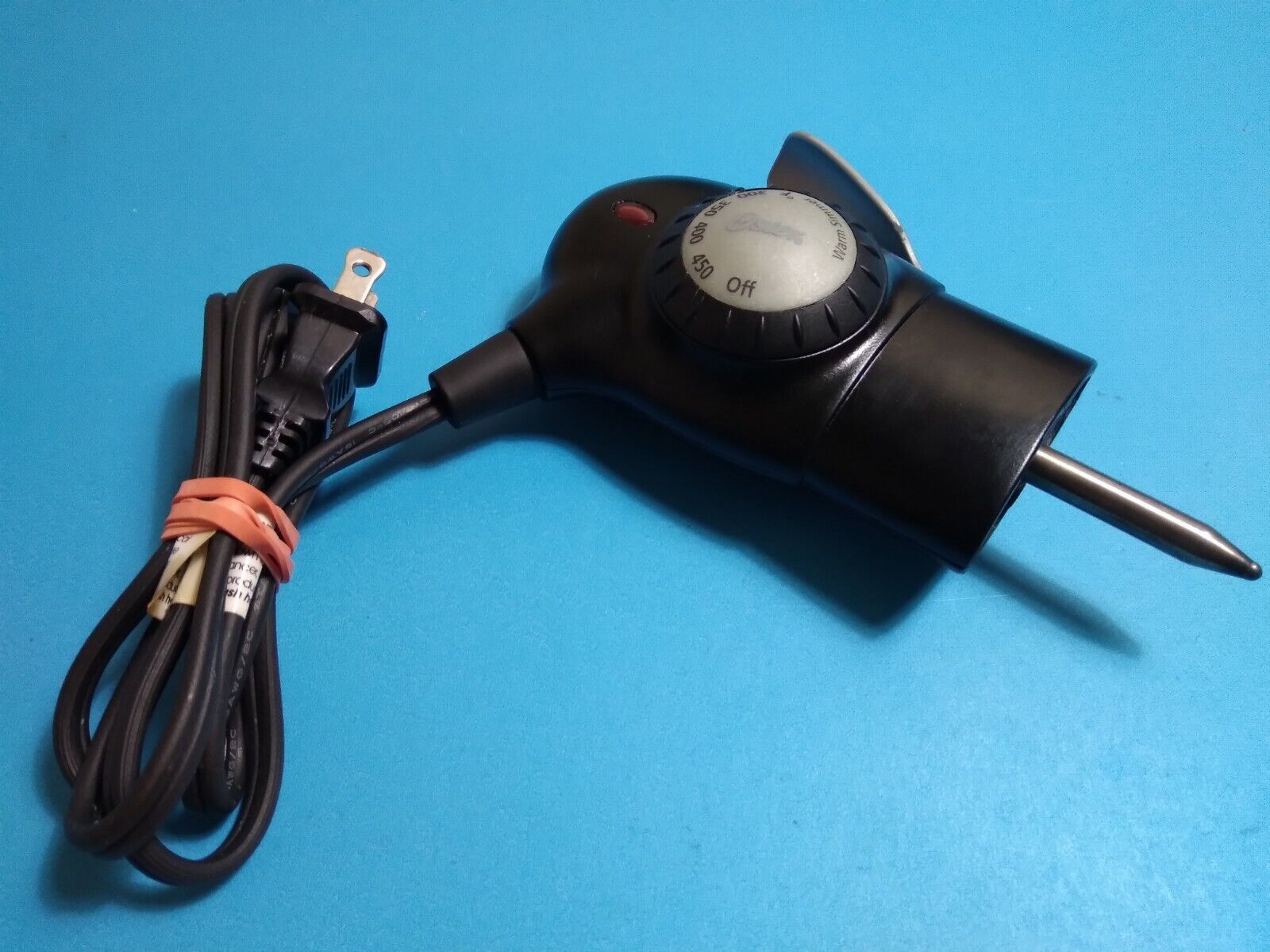
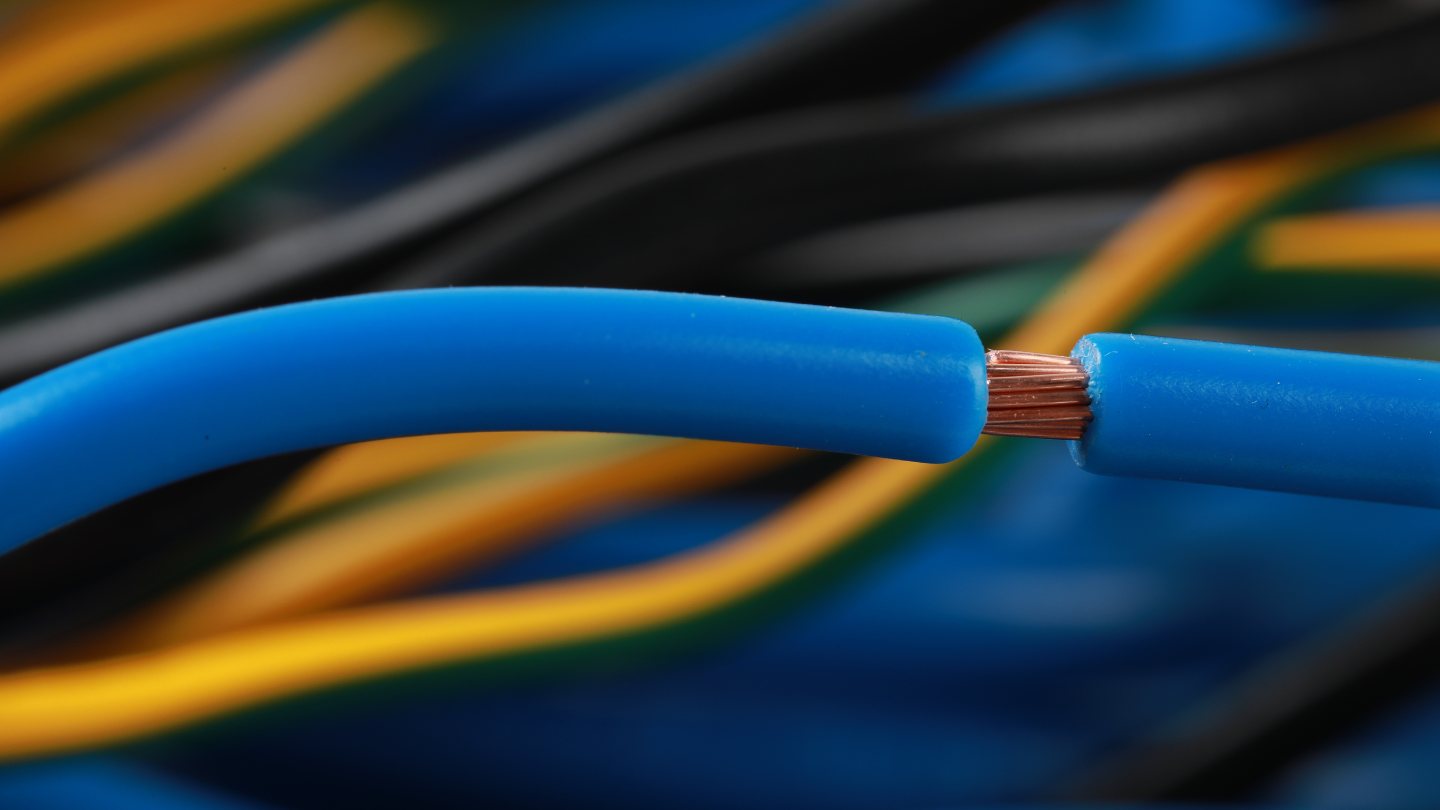
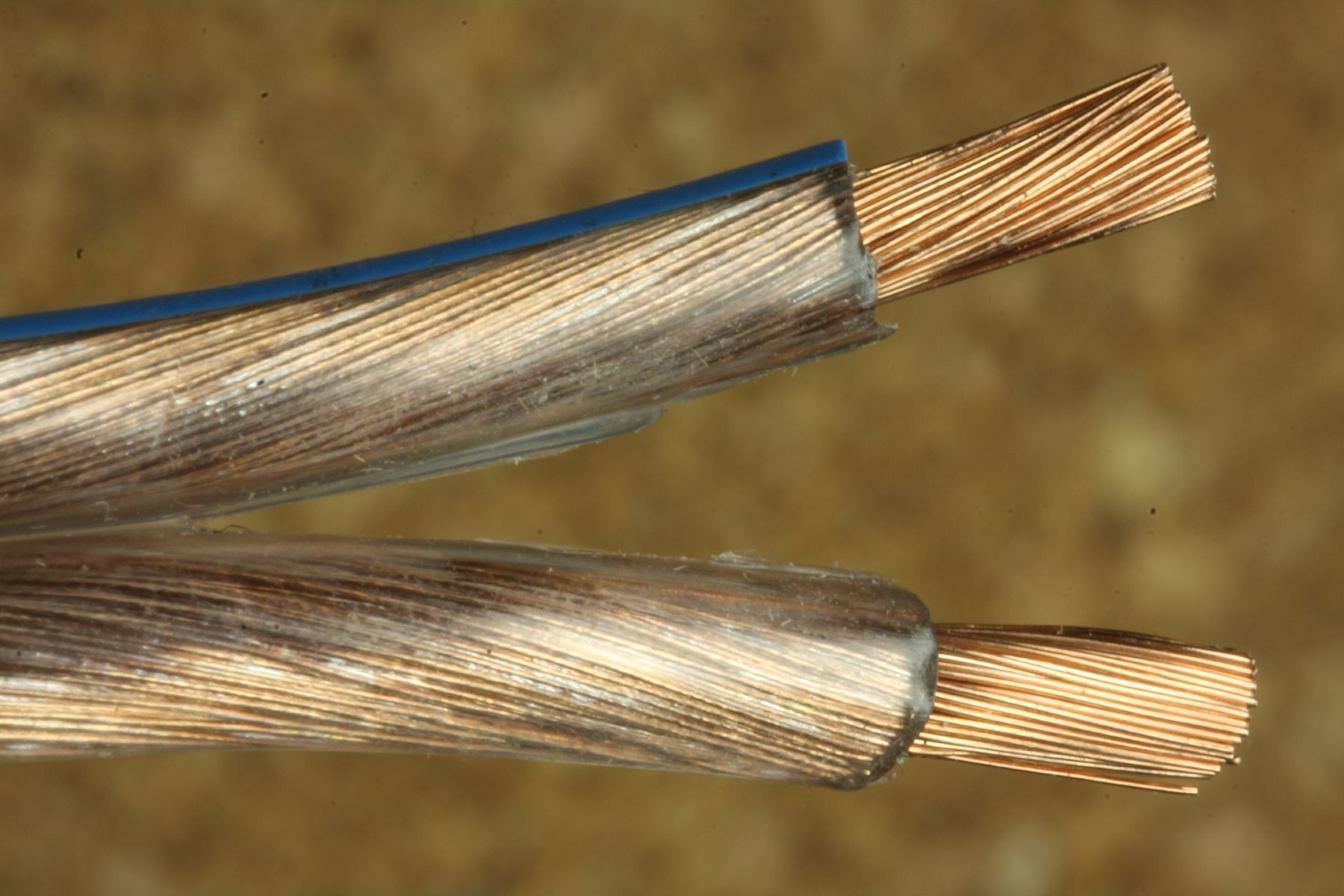
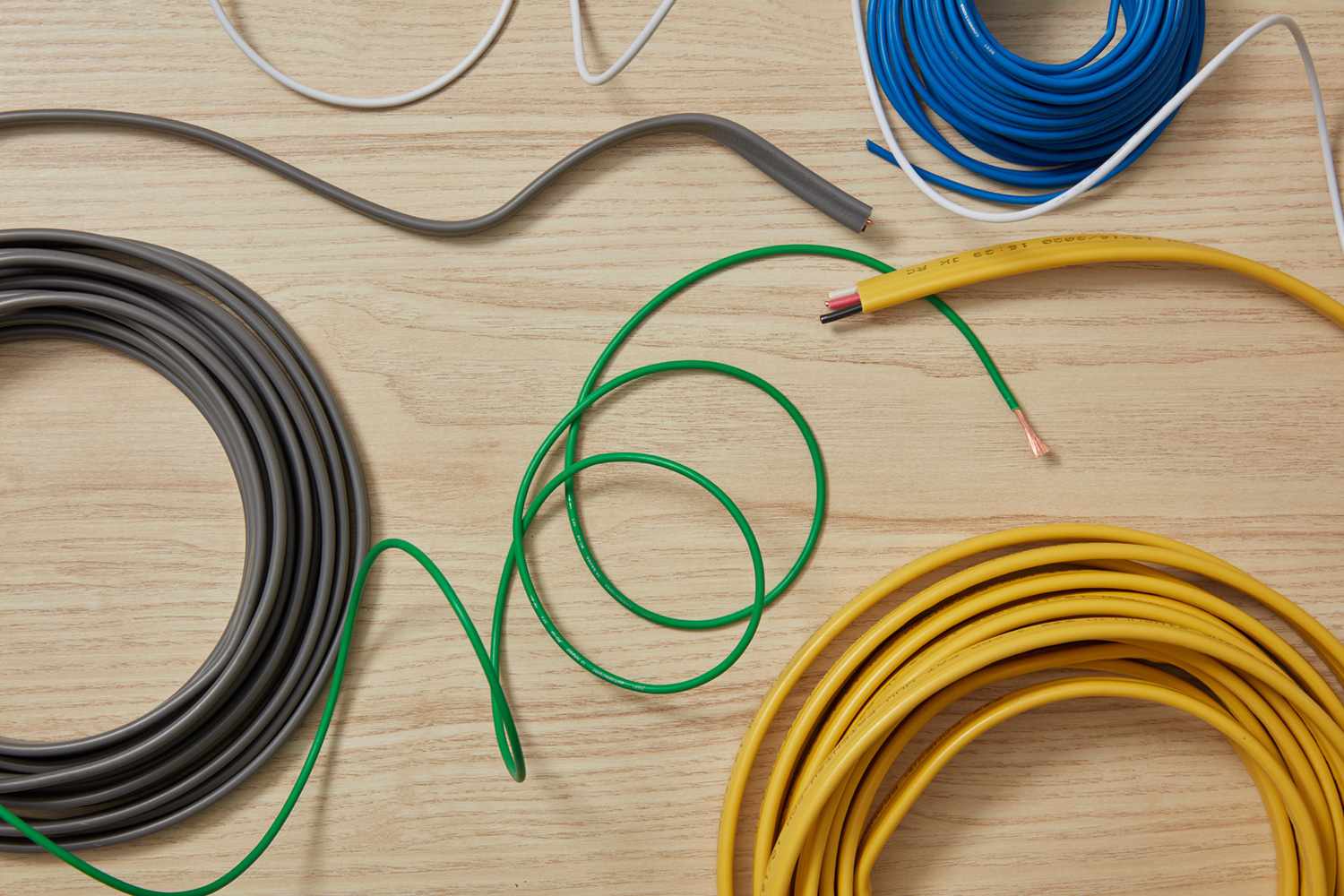

0 thoughts on “How To Tell What Wire Would Be The Black Wire And White Wire On An Electrical Cord”